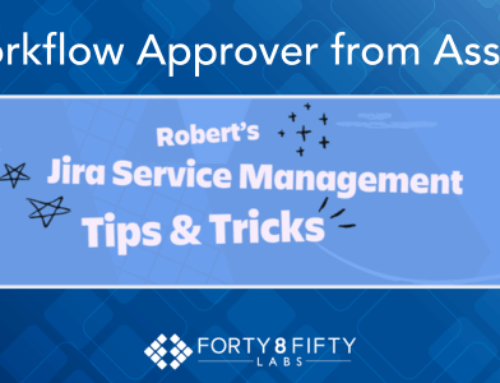The agility and scalability of IT infrastructure are not just desirable; they’re essential. Businesses are increasingly turning to cloud computing to meet their growing needs for flexibility, efficiency, and scalability. Yet, the path to cloud integration and management is fraught with challenges. This is where the transformative power of infrastructure and cloud automation comes into play, offering mounting value for businesses navigating the complex landscape of cloud migration and integration.
Revolutionizing IT Management with Cloud Automation
The adoption of cloud automation marks a significant shift in managing IT infrastructure, allowing businesses to significantly cut down manual efforts and minimize human errors. This approach ensures optimal performance and cost-efficiency by enabling auto-scaling of resources in line with demand fluctuations. With insights projecting that more than 70% of organizations will embrace automated cloud operations by 2025, the critical role of cloud automation in the modern IT infrastructure cannot be overstated.
The Cornerstone of Modern IT: Infrastructure as Code
Furthering the value of cloud automation is Infrastructure as Code (IaC). By codifying infrastructure with IaC, businesses can automate and streamline deployments, ensuring consistency and compliance. The transition to IaC not only accelerates deployment cycles but also fosters better collaboration among teams. With adopters reporting up to a 60% reduction in infrastructure provisioning times, the impact of IaC on enhancing operational efficiency is profound.
When preparing to implement IaC, it’s important to ensure a smooth transition and successful implementation. Take important steps including:
- Assess current infrastructure and define your objectives
- Select the right IaC tools and platforms to meet your business requirements
- Develop you team’s skills and knowledge
- Establish version control and collaboration best practices
- Plan for security, compliance and continuous improvement
To help, Forty8Fifty Labs has prepared this Implementation Checklist: Five Essential Steps to Prepare for Infrastructure as Code.
The Strategic Advantage of Automated Provisioning
Automated provisioning technologies offer rapid, consistent resource deployment, addressing everything from virtual machines to sophisticated container orchestration platforms. This approach not only speeds up the deployment process but also ensures reliability and security across the IT infrastructure, highlighting the strategic advantages of automation in the digital era.
The Future of Automated Infrastructure
The journey towards embracing infrastructure and cloud automation is both a technological and organizational endeavor, offering significant benefits for efficiency, innovation, and strategic alignment. As we look to the future, the importance of preparing for this transition becomes clear. This involves not just technological investments but also fostering a culture of change and continuous learning.
Forty8Fifty Labs stands at the forefront of this transformative journey, offering expertise and resources to help businesses navigate the complexities of cloud migration and automation. Our phased implementation approach ensures a smooth transition, building confidence and propelling organizations towards their strategic objectives with unmatched speed and precision.
Start your automation journey with Forty8Fifty Labs today and unlock the full potential of your IT infrastructure. Begin by reading this solution paper: Harnessing Infrastructure and Cloud Automation to Optimize efficiency and Streamline Migration.
In embracing infrastructure and cloud automation, businesses are not just optimizing their operations; they’re positioning themselves for sustained success in a rapidly evolving digital landscape. The journey promises not only enhanced operational efficiency but also a strategic edge in the competitive market, ensuring businesses can thrive in the digital age. To accelerate your automation strategy, contact us for a conversation.
Related Posts:
Unlock Business Value: Leveraging Data with AI and Analytics






